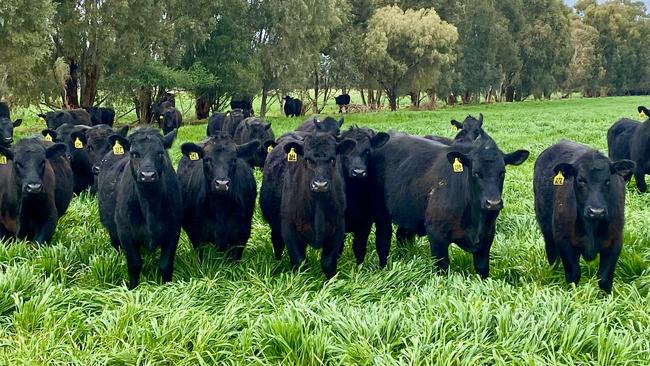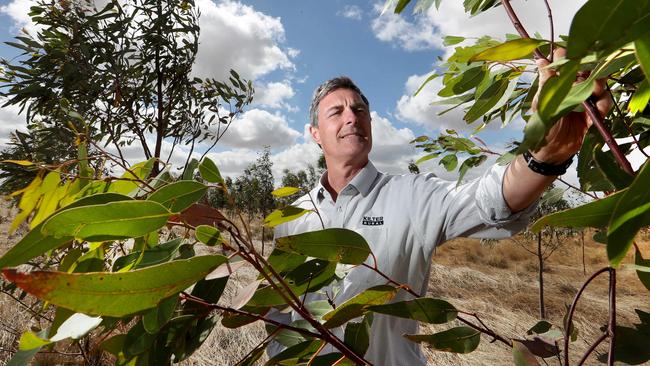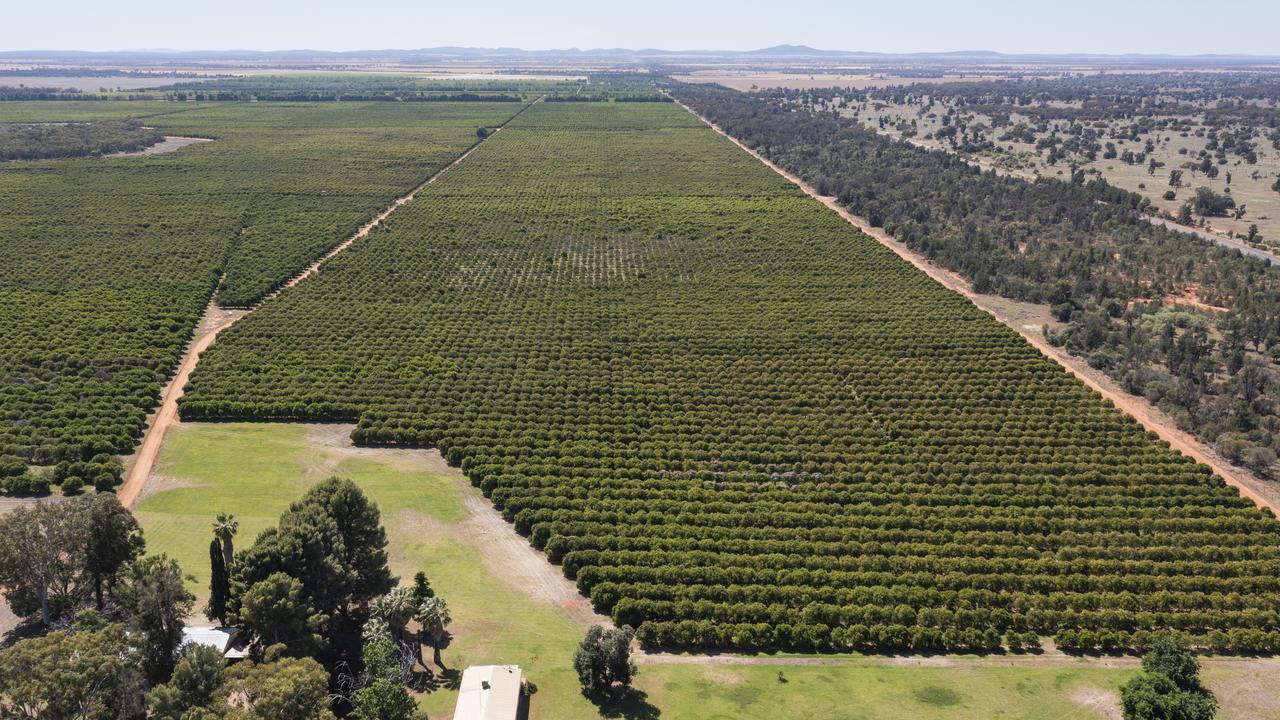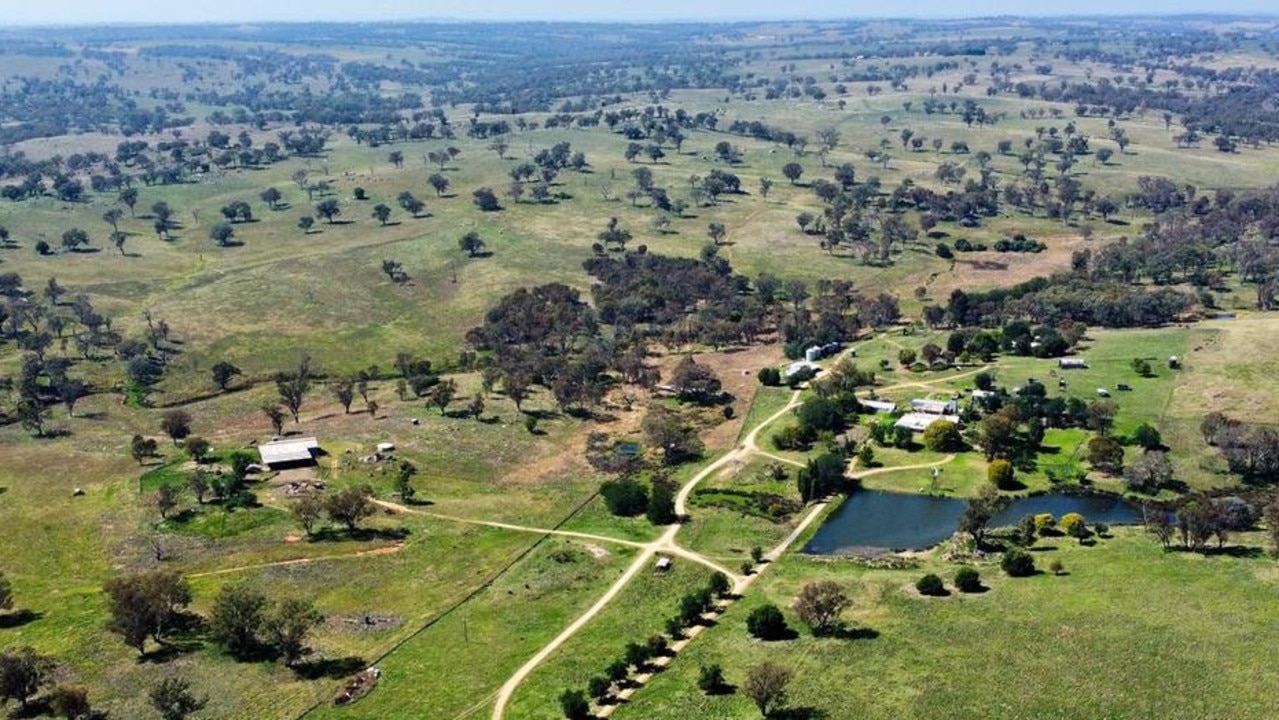Analysis: Why gap between farmland and commodity prices is widening
Australia’s rural property is holding its value at near record levels, despite commodity prices falling through the floor in some sectors.

Australia’s rural property prices are holding their value at record levels, despite commodity prices falling through the floor in some sectors.
The one-year rolling national median price per hectare increased by just 0.1 per cent to $7958, according to the Elders Rural Property Update Q2 2023, largely due to an extremely tight supply of farms for sale.
As the national median price per hectare holds its value, a gap has formed between farmland values and deflated rural commodity returns.
Beef prices have fallen by 57 per cent year-on-year along with trade lamb dropping by 38 per cent, the report said.
Crop values have also dropped, but not as severely, with canola down 18 per cent, barley down 13 per cent and wheat dropping 12 per cent.
Elders general manager farmland agency and agribusiness investments Mark Barber said existing strength in farming balance sheets, coupled with four years of decline in the number of rural property sales, was maintaining values.

“Low volumes indicate that property owners are seeing through short-term commodity price volatility and seasonal conditions and are making a conscious decision to continue
to invest in agricultural land,” Mr Barber said.
Victorian farmland values retained their title as the nation’s most valuable, recording a 4.5 per cent increase to $13,475 one year rolling national median price per hectare.
Values in NSW increased by 2.3 per cent to $8297 a hectare and remained unchanged in Queensland at $6500.
Mr Barber also said the weakness in the Australian dollar compared to the US dollar had attracted the attention foreign buyers interested in Australian farmland.
“International interest in Australian farmland shows no sign of waning with increased inquiry and a range of new funds being launched by institutional fund managers,” Mr Barber said.
Kilter Rural chief executive and director Cullen Gunn said institutional investors were “still very active” in trying to buy Australian agricultural assets.
“There have been some headwinds, but with institutional capital we have seen some strong sales results,” Mr Gunn said in an Investing in Canadian and Australian Agriculture webinar on Wednesday.

“The market has slowed down for family farmers, and those mid-sized transactions, but we are not seeing that in the market with large scale investors.
“I think that is because they still have the capacity to deploy at scale in Australia, but it is not as easy in other parts of the world like Asia and North America.”
So far this year Kilter Rural has constructed their Agriculture Fund, acquiring 7500ha near Tocumwal in the southern NSW Riverina.
The Fund is expected to reach $500 million-plus targeting annual returns of 10-12 per cent.
One of the major assets of the Fund is the 4850ha Aratula farm with an identified pipeline of a further $80 million in adjacent acquisitions planned.





